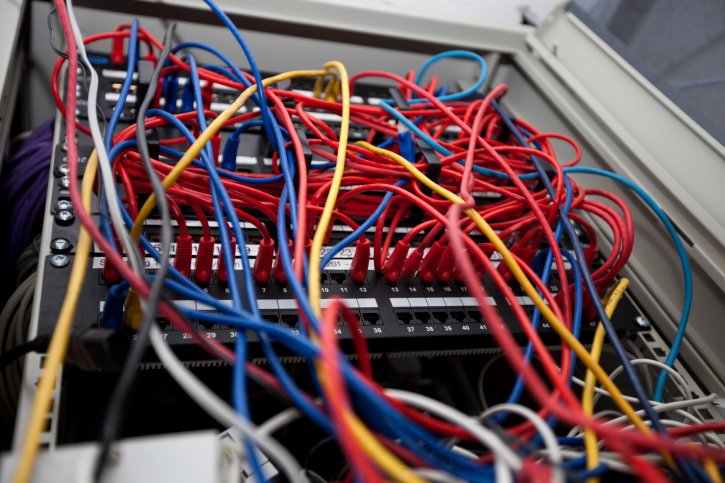A new ISO standard, due to be published early in 2015, could provide missing elements to the data center infrastructure management (DCIM) market, according to one of its creators.
The automated infrastructure management (AIM) standard, ISO/IEC 18598 is designed to trace and monitor any changes to a physical network, including switches and patch panels. Designed for any network, it has obvious applications in the data center where it could provide a much-needed standard for inputs to DCIM systems, according to network management company RiT Technologies.
Real time information
"AIM will provide DCIM systems with real-time information from the cabling infrastructure, including asset management, unplanned changes, and alarms," said Kobi Hagai of Israel-based RiT.
"DCIM has been about cooling and power, but AIM adds connectivity," said Hagai, who contributed to the international ISO/IEC standard, as well as a co-ordinated effort by the US-based TIA standards body.
DCIM has also been criticised for its lack of standards, as vendors promote their own proprietary technologies. Hagai wouldn't comment on that, but he did observe that the ISO/IEC AIM standard may actually be the first international standard to contain the term DCIM.
Among other things, the new standard should make it easy to formulate work orders for technicians carrying out moves, adds and changes, as AIM systems will have a view of the physical structure of networks, so that staff will know the power, space and weight limits that apply to any IT kit they are working on.
The ISO/IEC AIM standard is currently a Committee Draft, and is due to be published as a Draft Standard in the first quarter of 2015. The TIA standard will be based on the same ideas, and will come out about a year later. ISO standards are often formalised adoptions of national ones, but in this case the work began in ISO, and was merged with parallel work within TIA, according to Hagai.
"The ISO/IEC work satarted from the perspective of administration of cables, while the TIA started by working from thesecurity aspect," he said. Since the ISO work started, many companies have joined, and more features have been added, integrating the standard with building management systems (BMS), lighting, power, and environmental HVAC equipment.
The Telecommunications Industry Assiation (TIA) contributes to international standards through the US body ANSI, and is well known for its 606b cable labelling standard. When its own version of the AIM standard arrives, it will be very similar to the ISO/IEC one, Hagai assured Datacenter Dynamics.
The need for such standards is obvious enough, given the increasing complexity of networks, and our growing dependence on them, which makes downtime costly. Poorly administered networks are less secure, and the labor cost of network professionals is increasing.
According to Gartner, intelligent infrastructure in the data center can cut operational costs by 20 to 30 percent. "We need to have this information and not be working blind," said Hagai.
Hagai claims RiT is a leader in the space, having offered what it calls "intelligent infrastructure management" (IIM) since 1994. Although an AIM standard could potentially open up the field to more competition, compared with proprietary solutions, he believes it will expand the market: "The chicken is bigger, so everybody can eat."

